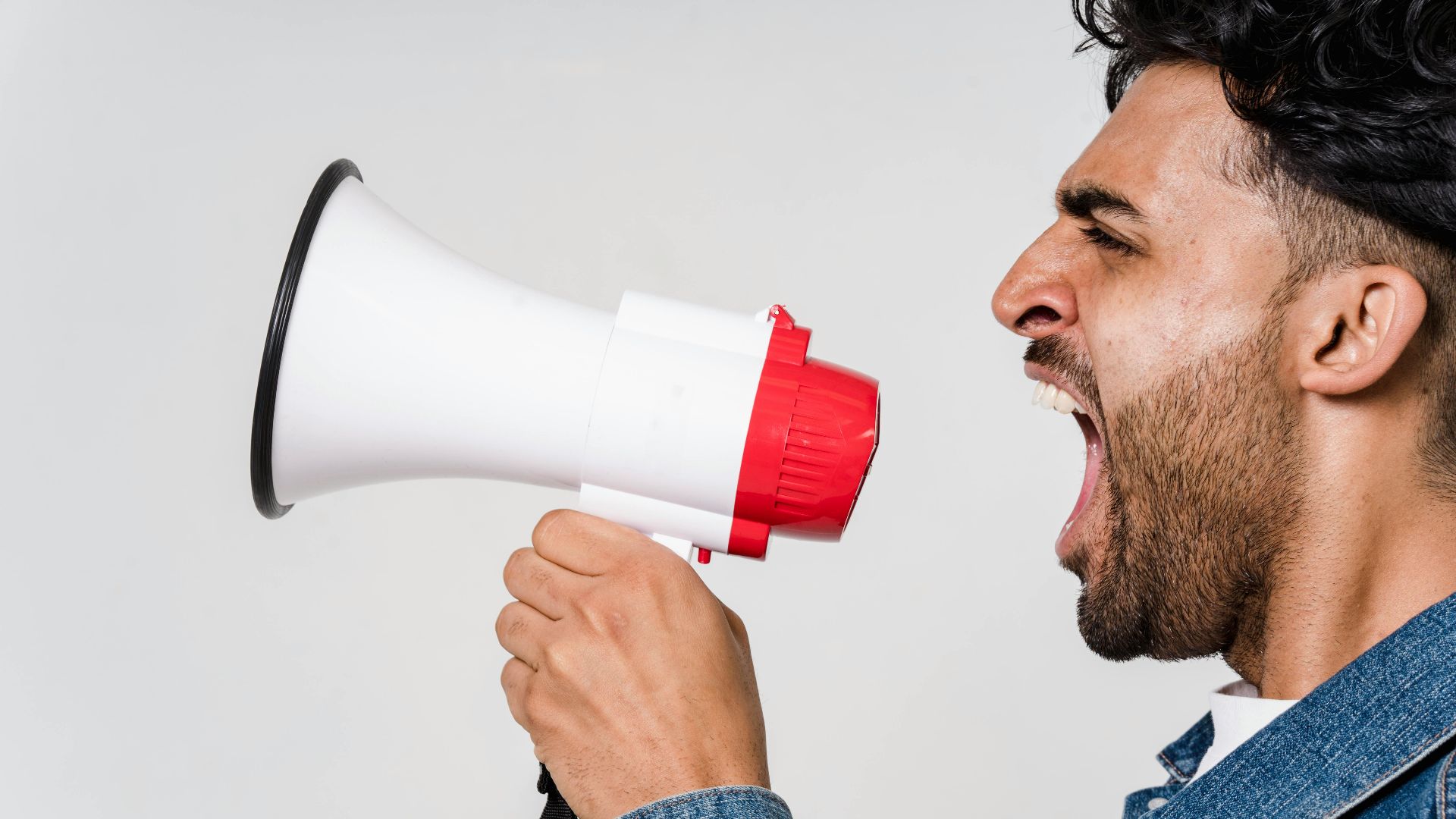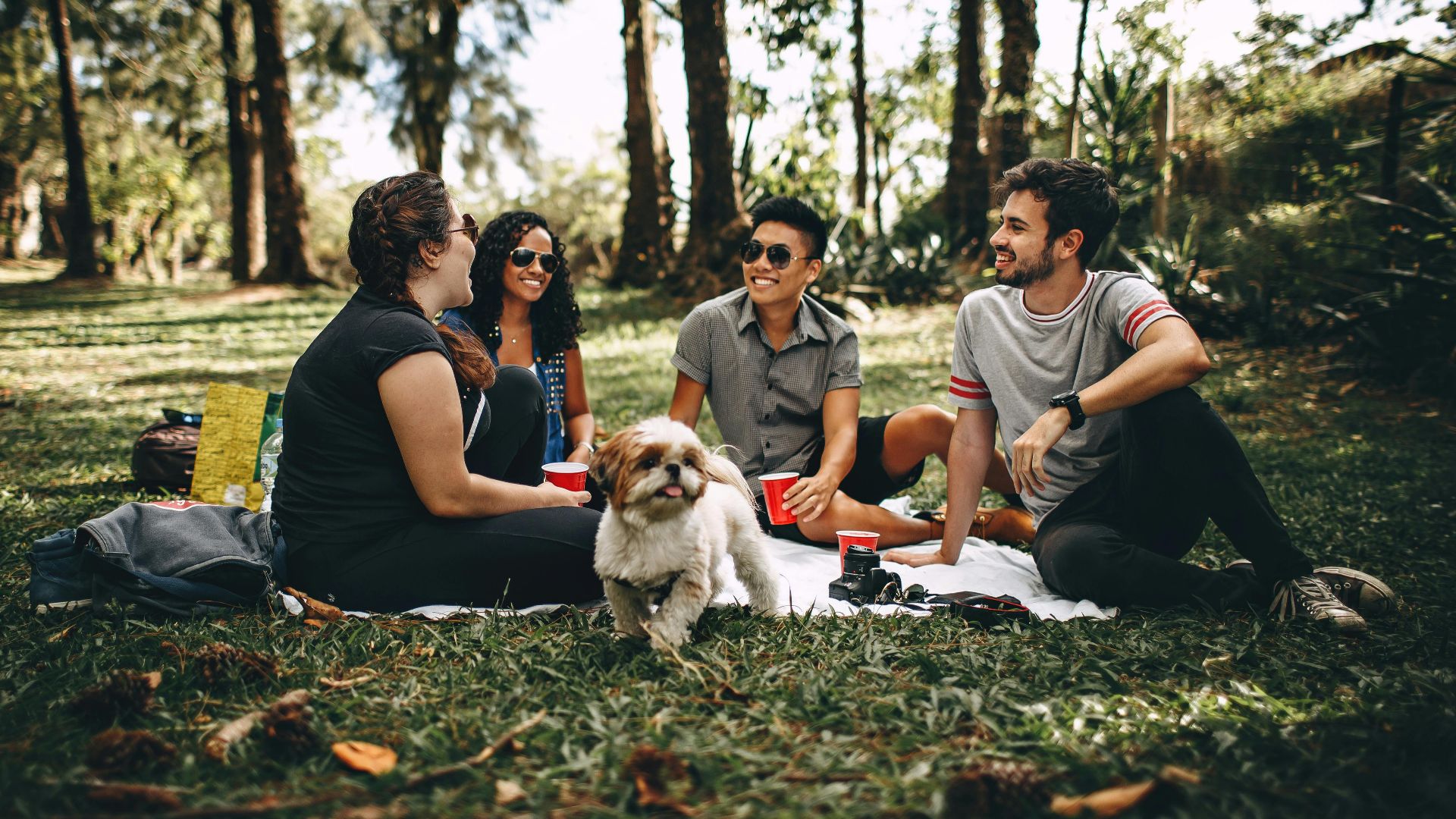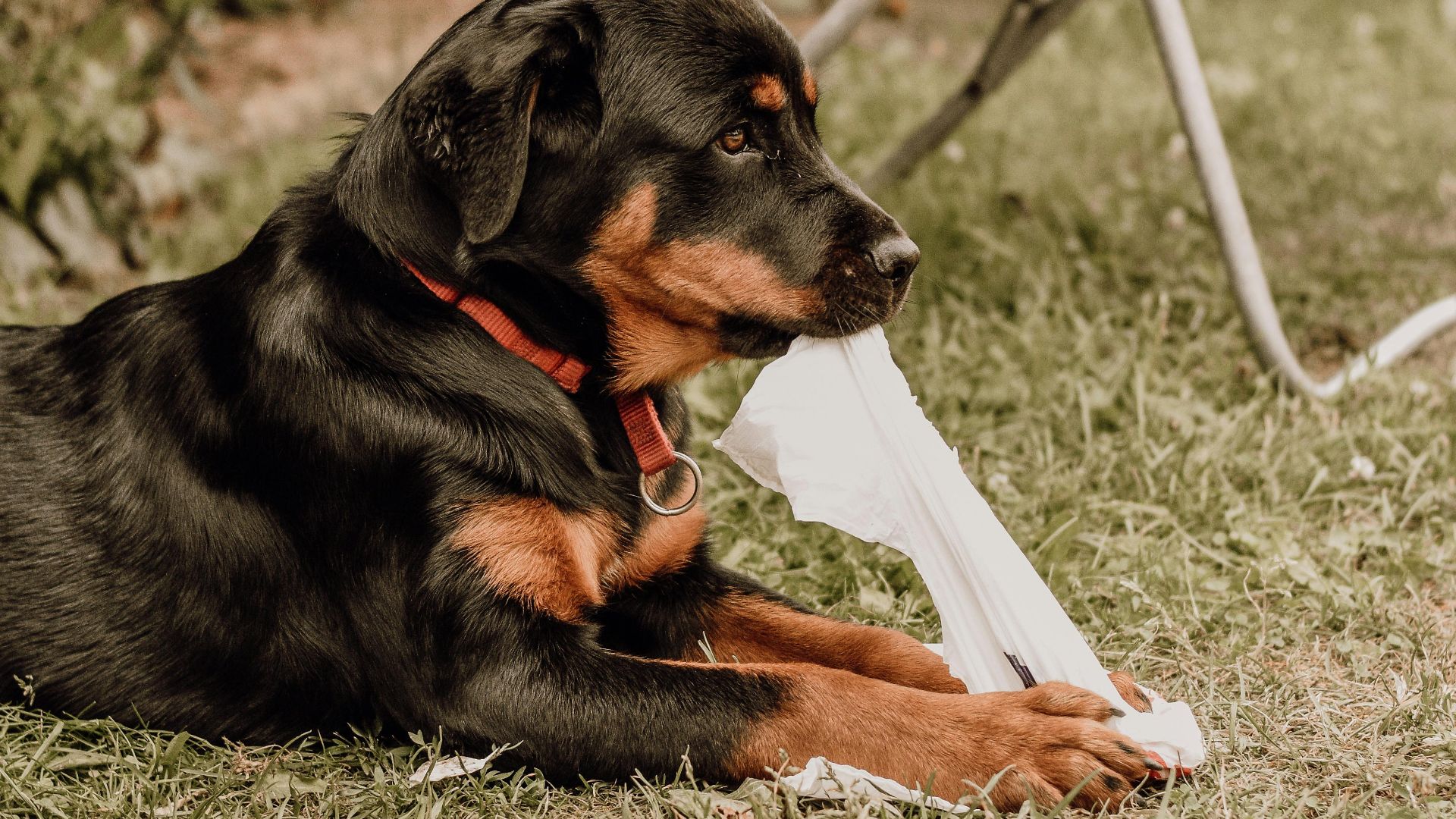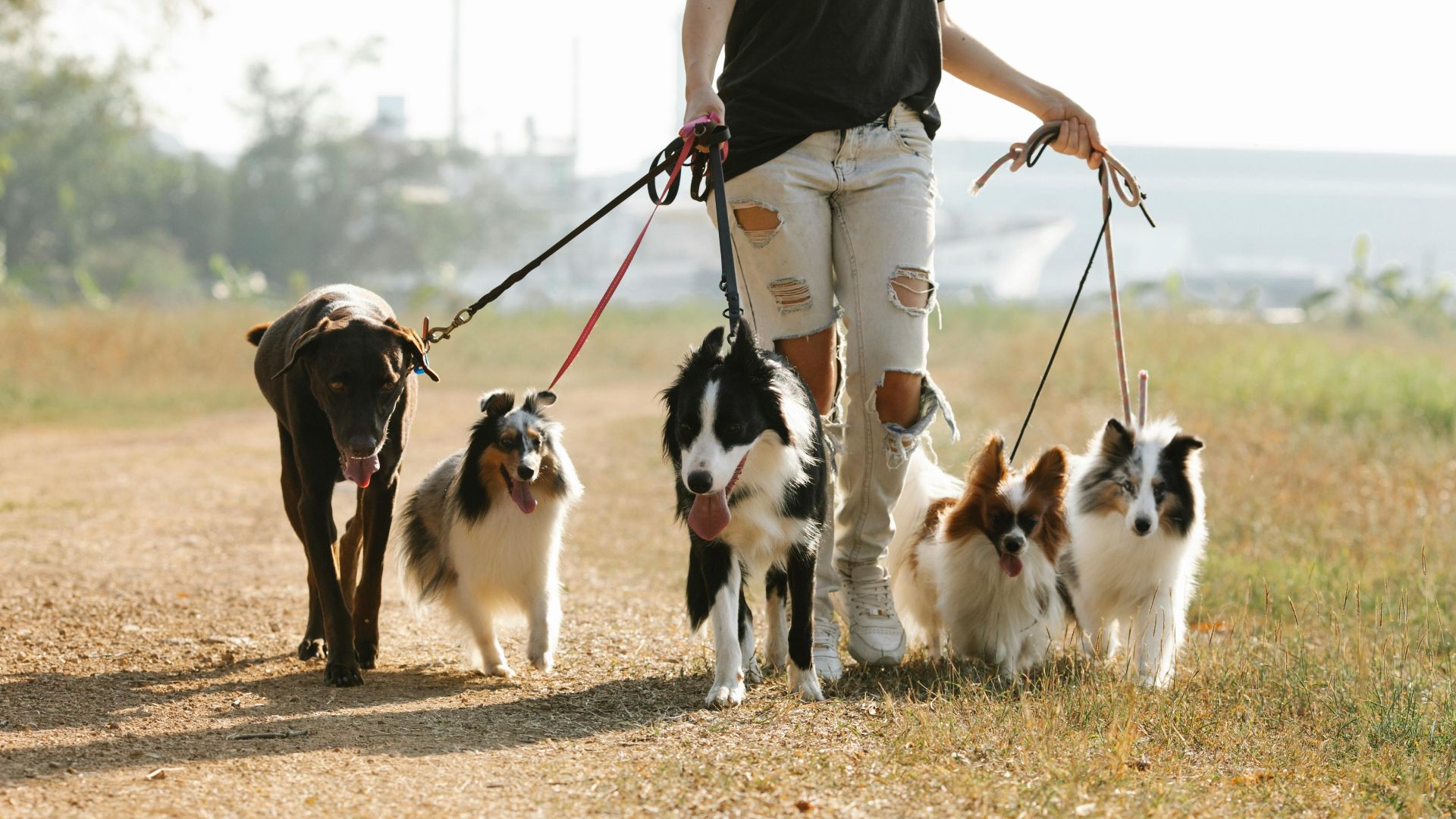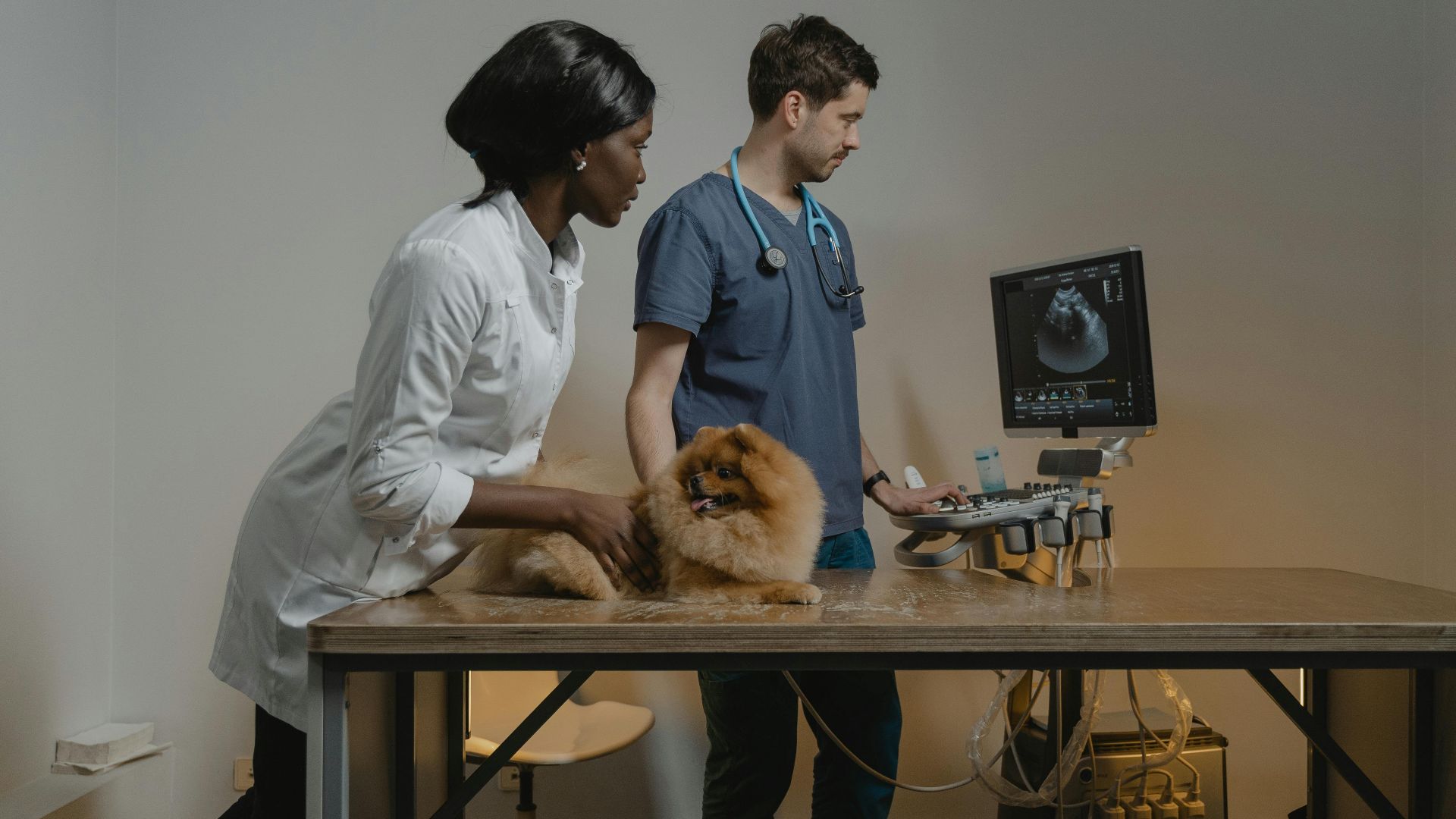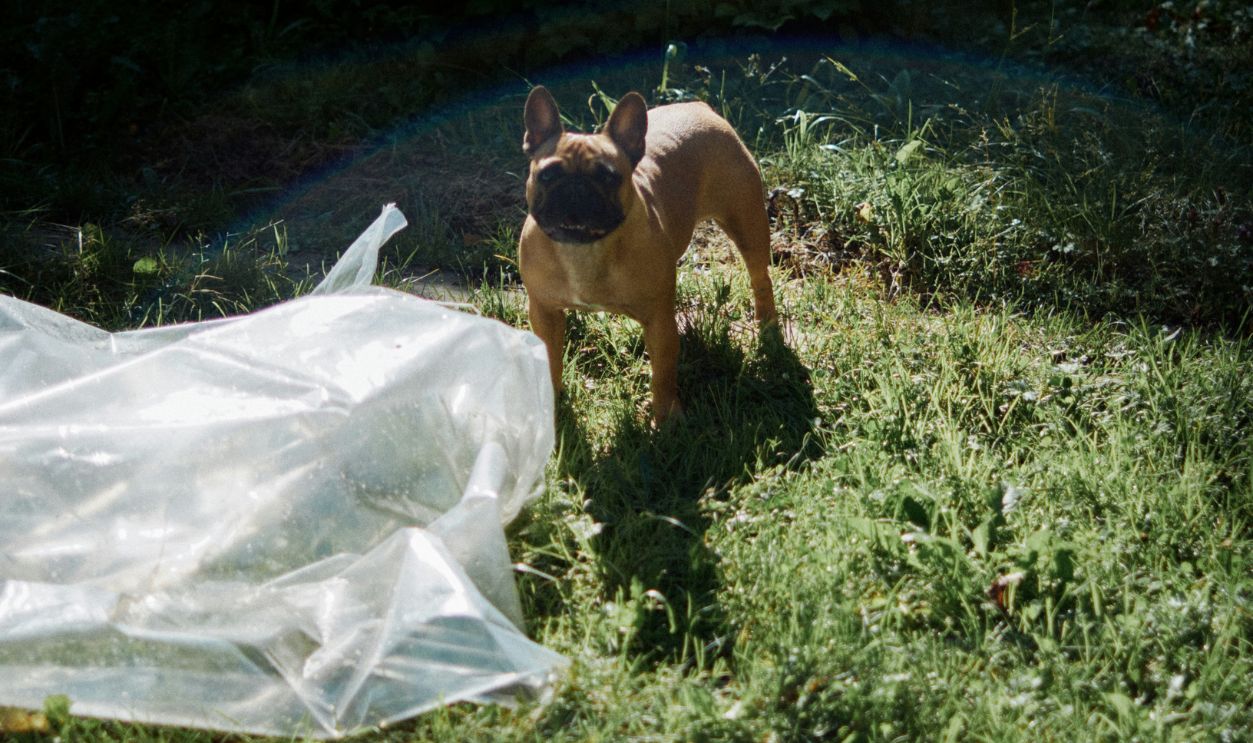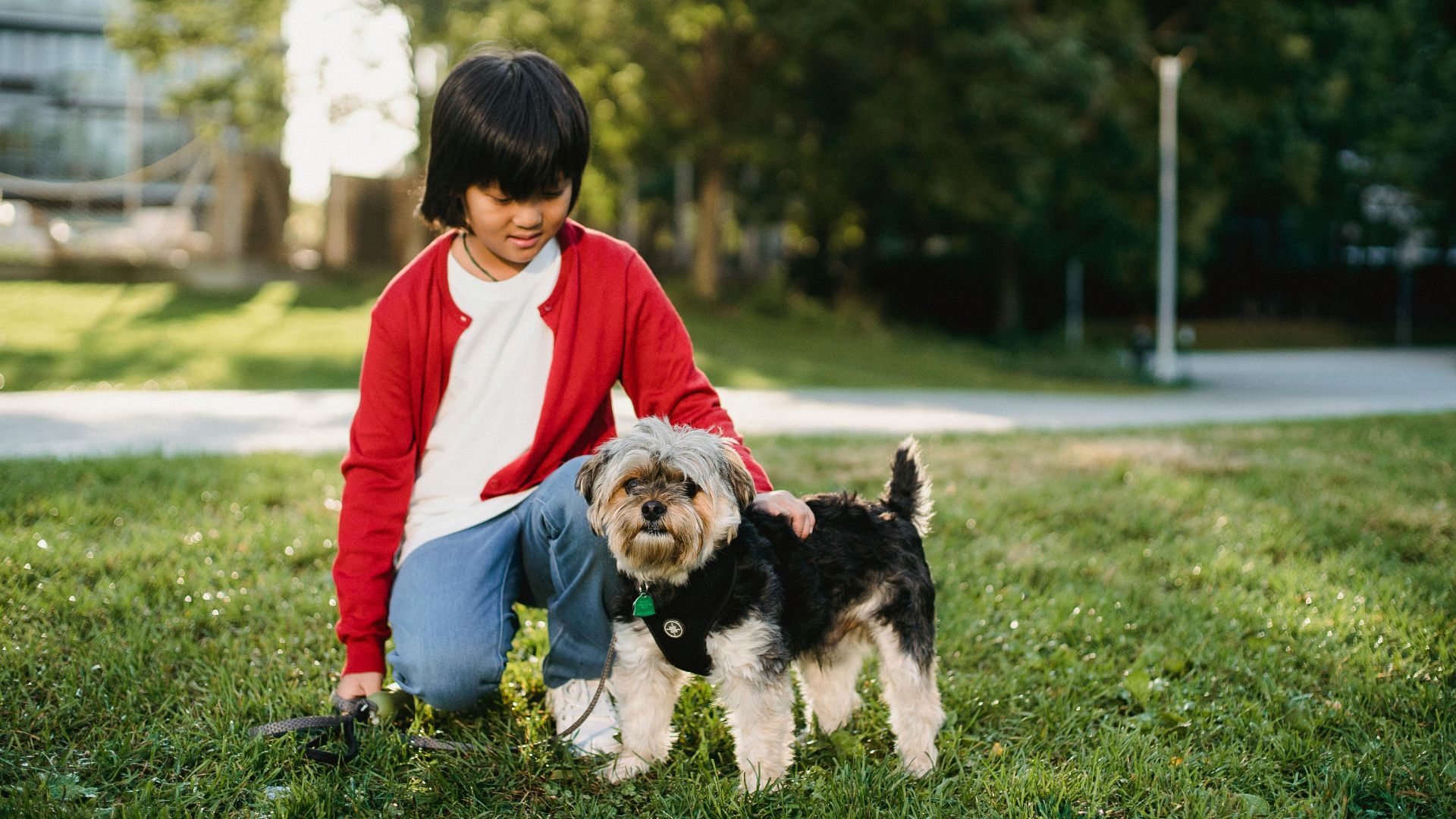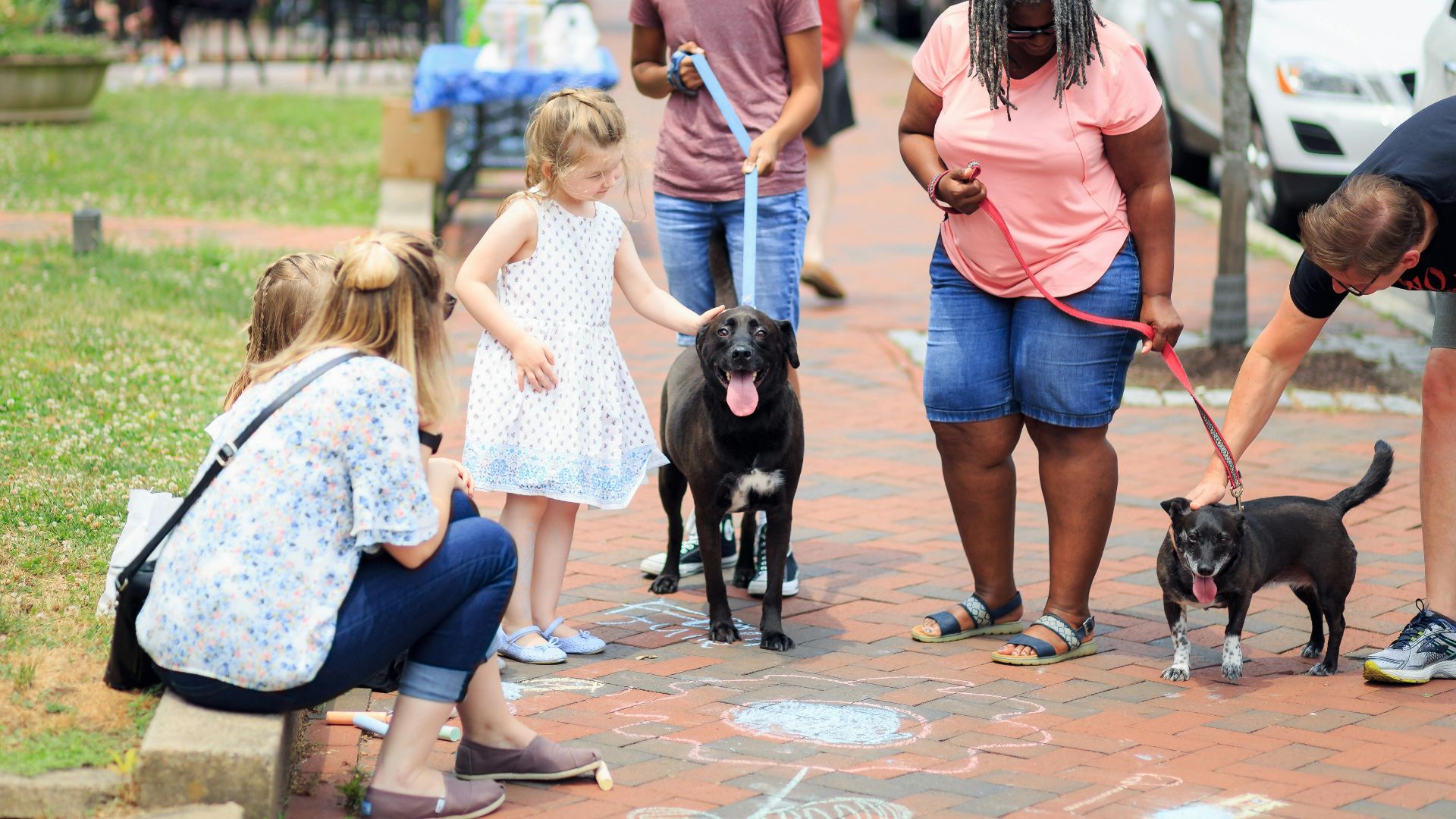Understanding Your Dog’s Fear
Like humans, all dogs have things they're deathly afraid of. Regardless of how silly and insignificant they may seem to us, these triggers are unbearably real to your pup. Even the most confident dog has things that make them tuck their tail and cower in fear. So, let’s explore ten common things that dogs are afraid of and what you can do to make them more comfortable.
1. Loud Noises
Loud noises like that of thunderstorms, fireworks, sirens, or a dropped object can send many dogs into a panic. This fear is often rooted in their heightened sense of hearing, which makes loud sounds feel much more intense. In such situations, creating a calm environment, such as a quiet room with soft music, can help soothe your dog.
2. Strangers
Dogs are naturally wary of strangers, especially if the person enters their territory without warning. To ease this fear, introduce your dog to new people gradually and in a controlled setting. Allow the dog to approach at their own pace, and reward calm behavior with tasty treats.
3. Separation Anxiety
Separation anxiety can manifest as destructive behavior, such as chewing furniture or scratching doors, excessive barking, etc. That fear often stems from abandonment trauma or a lack of independence training. So, offer something with your scent to help them feel more secure and ease their anxiety while you’re away.
4. Other Dogs
Not all dogs enjoy social situations—some may feel scared, barking, lunging, cowering, or trying to run away. Begin by pairing them with gentle, confident dogs in neutral environments. These settings can help your dog gradually feel more secure around others.
5. Veterinary Visits
Trips to the vet can be frightening for many pups, as they associate the environment with potentially painful procedures like vaccinations. Solution? Familiarize your dog with the vet’s office through short visits where no procedures are performed.
6. Unfamiliar Objects and Environments
Dogs are naturally cautious creatures and anything new or unfamiliar can trigger fear. Their acute senses pick up on changes in their surroundings that we might not notice, making them feel uneasy. For example, a dog may bark at a plastic bag blowing in the wind or shy away from a moving escalator.
7. Children’s Energy
Kids often come with sudden movements, high-pitched voices, and a lack of understanding of dog boundaries. Such innocent behaviors can also become a source of anxiety for dogs. Sometimes, a normally calm pup might feel stressed if a child approaches too quickly or grabs their tail.
8. Car Rides
While dogs generally like car rides, it’s possible that your pooch finds them nerve-wracking. If that’s the case, gradually acclimate your dog to the car, starting with short, pleasant rides. Also, use favorite treats to reward calm behavior and keep them safe using a dog seatbelt.
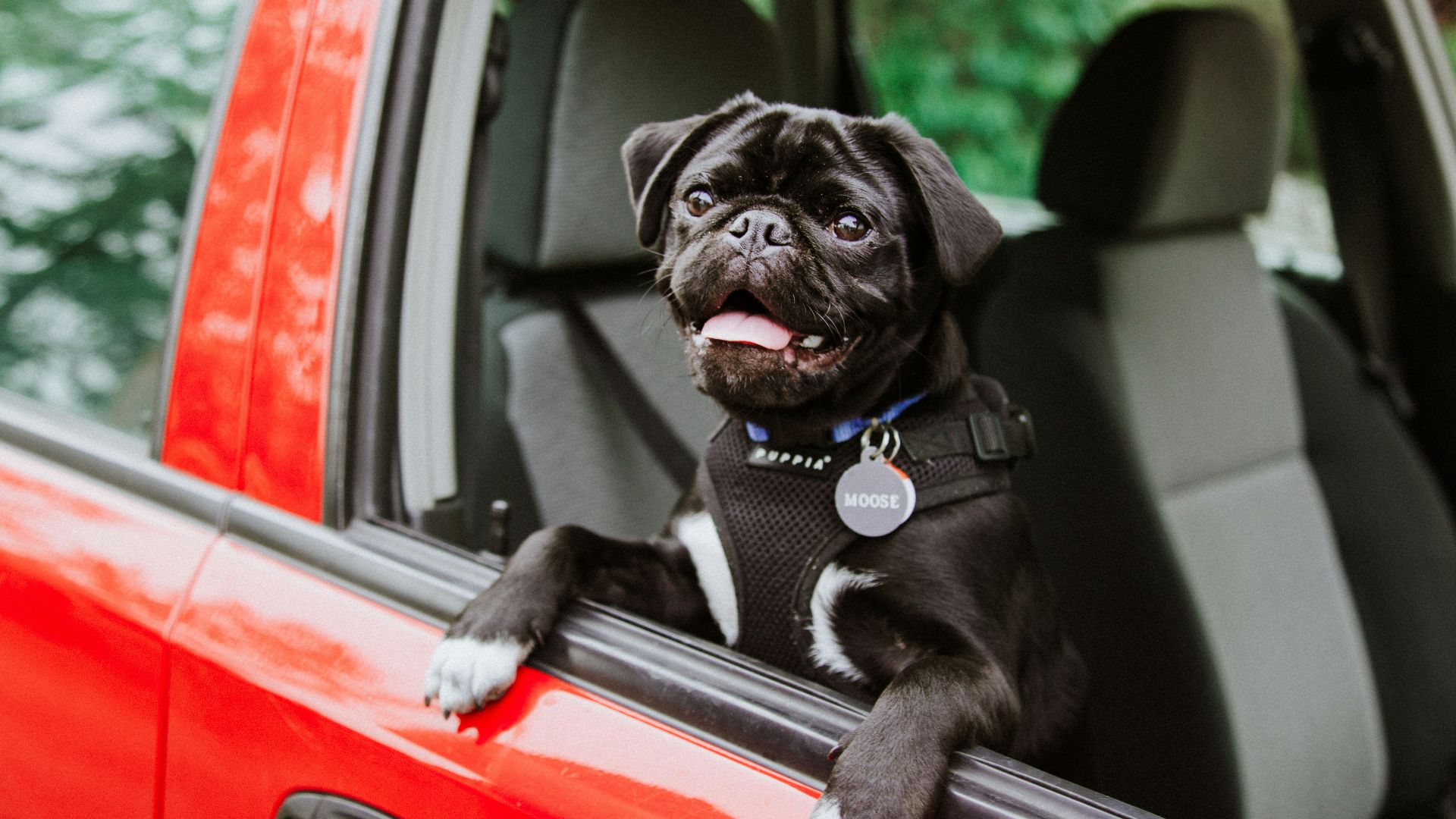 Priscilla Du Preez 🇨🇦 on Unsplash
Priscilla Du Preez 🇨🇦 on Unsplash
9. Water
Some breeds, like retrievers, love water, but many dogs find it terrifying. Even a puddle or bath can send them running. Gradual introductions, along with treats and praise, can help ease their fear. Adding a non-slip mat during bath time also helps them feel secure.
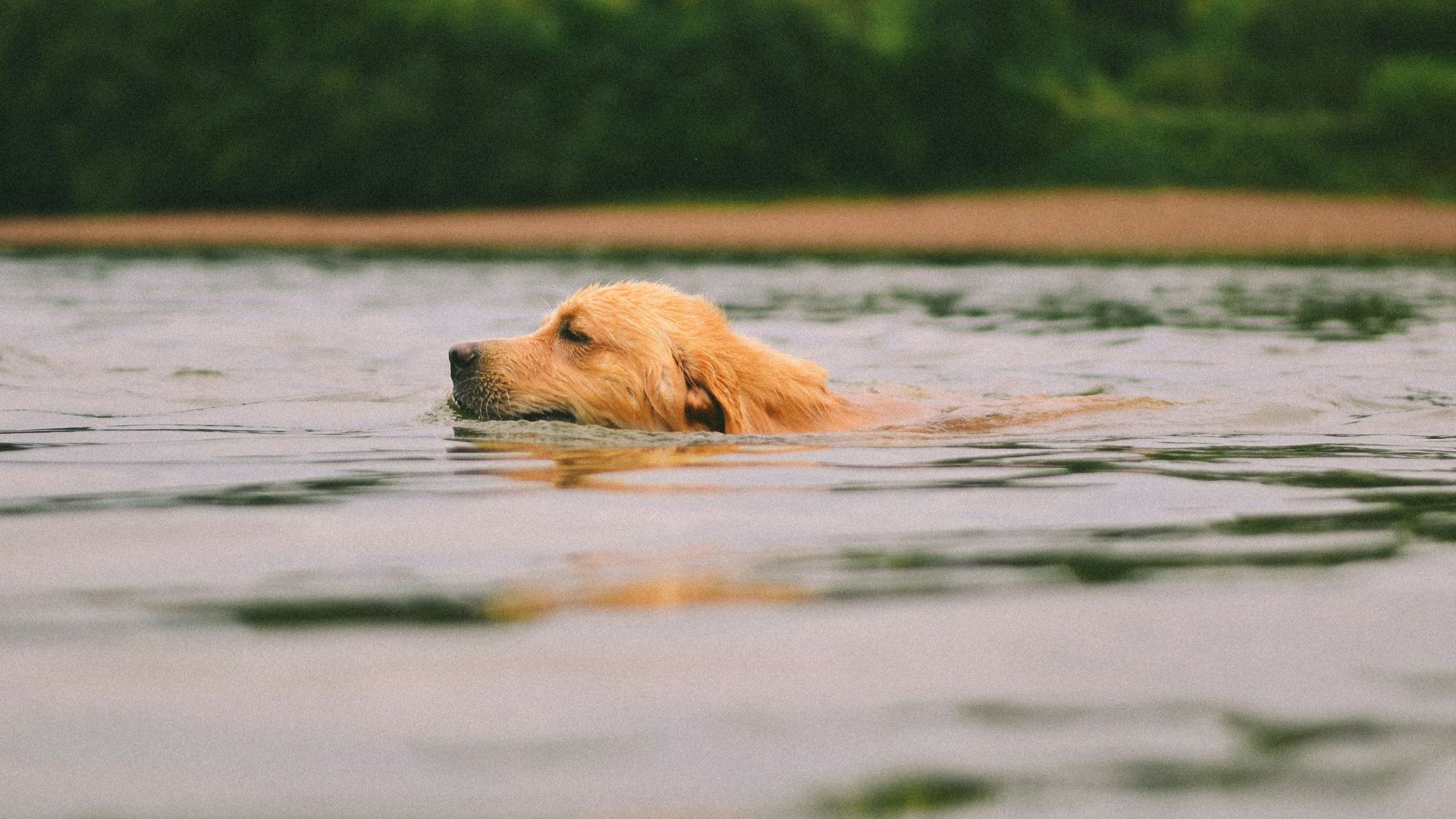 Marina Helena Muller on Unsplash
Marina Helena Muller on Unsplash
10. Crowded or Confined Spaces
Tight areas like crates, elevators, or busy spaces can make dogs feel trapped or overwhelmed. This anxiety often stems from past experiences or lack of exposure. Dogs showing discomfort might pace, whine, or try to escape, signaling the need for patience and understanding.



